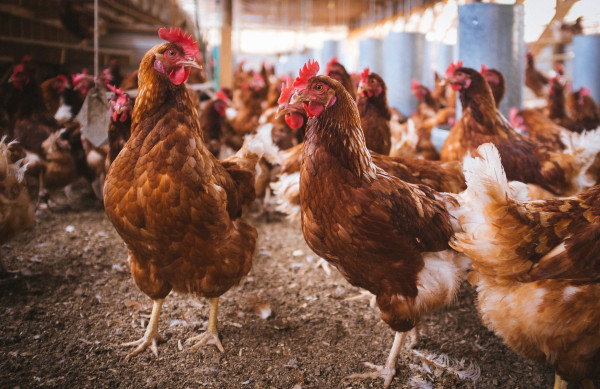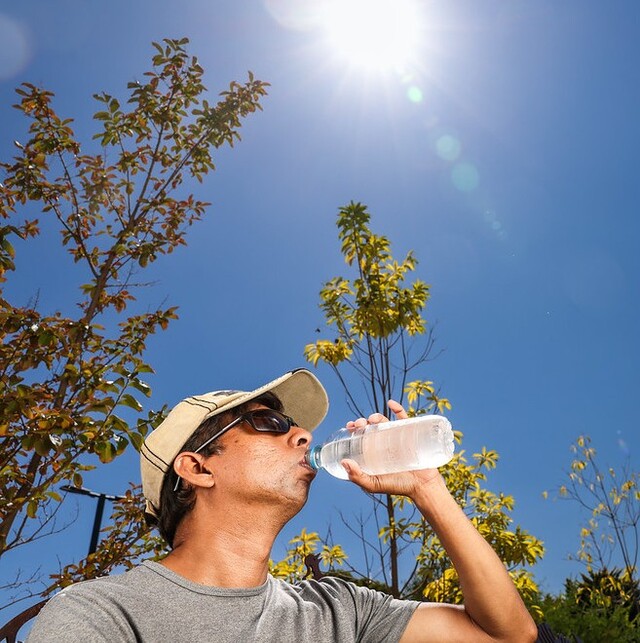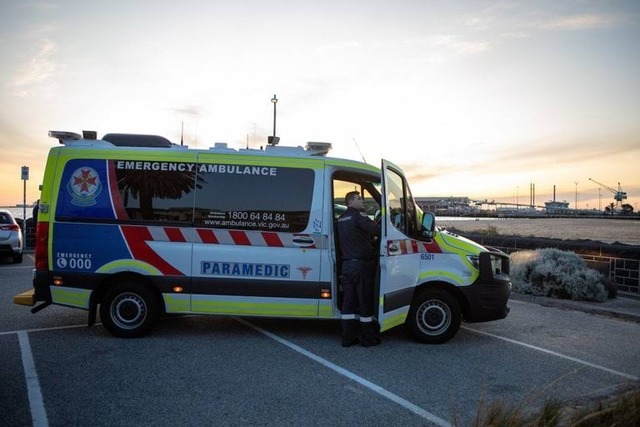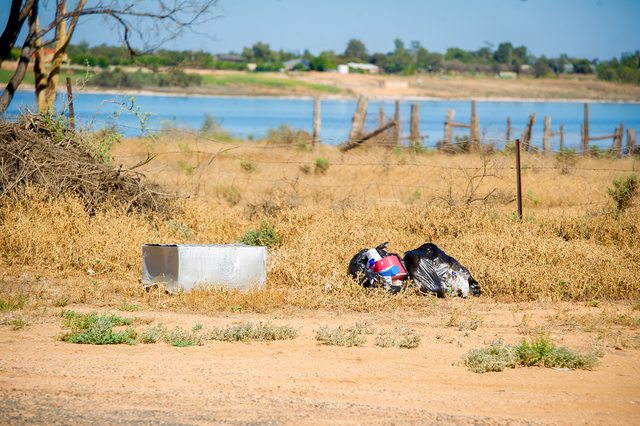AGRICULTURE Victoria is urging bird owners to help prevent emergency animal diseases through the routine use of biosecurity measures at home, sales, bird shows and race events.
Victoria’s chief veterinary officer Graeme Cooke said poultry farmers, and bird and backyard chook owners, need to be vigilant for disease in their birds, such as avian influenza.
But the government warning ruffled a few feathers among some of the state’s more enthusiastic poultry population.
Victorian Poultry Fanciers Association secretary Anne Beaty said her association knew nothing about the department concerns, and had not been contacted for any input or advice about health risks across the poultry industry.
“We are the governing body of all the clubs in Victoria and I am gobsmacked the department did not want to work with us – we could put them in direct contact with hundreds of breeders, from Swan Hill to anywhere in the state,” Ms Beaty said.
“I would think right now most breeders would be unaware of the government warnings and its position on the subject of poultry health.
“With clubs and individuals holding auctions throughout the year, birds are coming and going all over the state – and if that’s a risk this year then the potential to spread diseases such as avian flu is very real.”
Signs of avian influenza included breathing difficulties such as coughing, sneezing or rasping, while ruffled feathers, dopiness, diarrhoea and closed eyes can also be evident.
Dr Cooke said other signs included swelling and purple discolouration of the head, comb, wattles and neck, and a rapid drop in eating, drinking and egg production.
He said infected birds shed avian influenza in saliva, nasal secretions and faeces.
“Wild birds including waterfowl are a natural host for the virus and don’t usually show any symptoms. They need to be kept away from domestic birds, their food and water,” Dr Cooke said.
“Domestic poultry, chickens, ducks, geese, turkeys, guinea fowl, quail, pheasants, emus and ostriches are most susceptible to being affected by avian influenza.”
Dr Cooke said an on-farm biosecurity plan is the best management tool poultry farmers can use to reduce the risk of introducing infectious diseases.
“Other actions include maintaining a high level of hygiene, rodent control around poultry sheds and feed-bins, and avoiding contact with non-commercial poultry and wild birds.
“New birds should be quarantined before being integrated into existing commercial or backyard flocks. Disease transmission should be minimised between poultry farms by cleaning vehicles, equipment and clothing after visiting another farm.”
Poultry farmers and bird owners with backyard flocks are urged to report unexplained sudden increases in bird deaths or a sudden drop in egg production to the 24-hour Emergency Animal Disease Watch Hotline on 1800 675 888, to their local vet or to Agriculture Victoria.
Dr Cooke also reminded all livestock owners, including those with poultry, of the need to have a Property Identification Code (PIC), which allows Agriculture Victoria to trace and control disease outbreaks.
Getting a PIC is free and easily done online at pic.agriculture.vic.gov.au
A full list of biosecurity measures for poultry producers is available at agriculture.vic.gov.au/biosecurity/animal-diseases/poultry-diseases/biosecurity-for-poultry-producers







